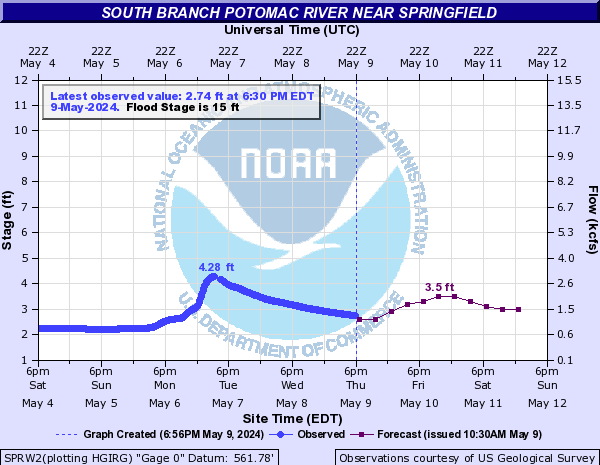A new app from the Audubon Naturalist Society: Creek Critters walks users through finding and identifying the small organisms that live in freshwater streams, and generating stream health reports based on what they find. It’s available in the Apple App Store or in Google Play.

Insects around the world are in a crisis, according to a small but growing number of long-term studies showing dramatic declines in invertebrate populations. A new report suggests that the problem is more widespread than scientists realized. Huge numbers of bugs have been lost in a pristine national forest in Puerto Rico, the study found, and the forest’s insect-eating animals have gone missing, too.
In 2014, an international team of biologists estimated that, in the past 35 years, the abundance of invertebrates such as beetles and bees had decreased by 45 percent. In places where long-term insect data are




